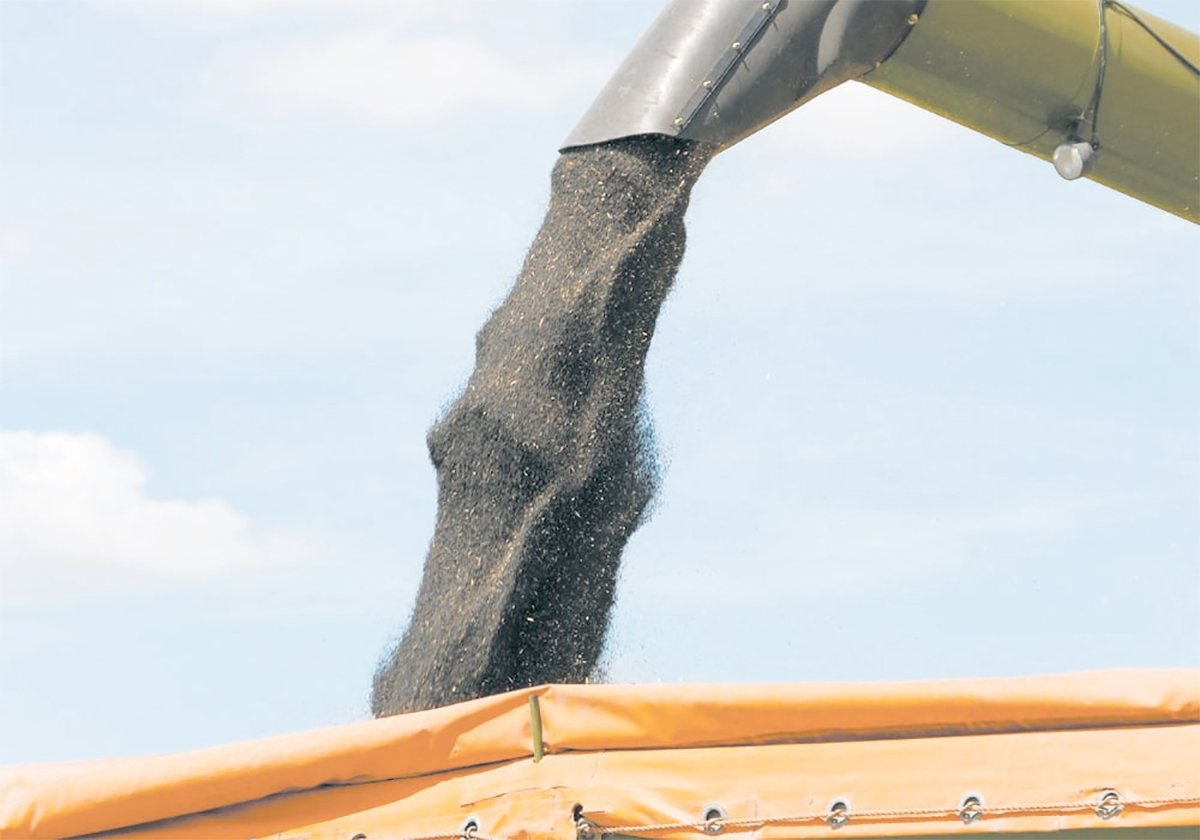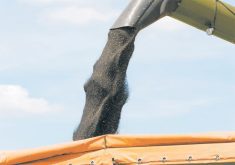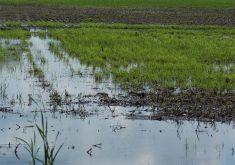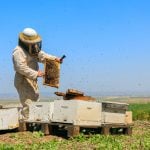It seems everywhere you turn, some miracle product is going to cure whatever ails your soil and crops. It’s more difficult than ever to know what works and what isn’t worth the money.
Got salinity? Miracle products can now return that land to productivity. At least, those are the claims, even though the official agronomic advice is to seed saline patches back to salt-tolerant forage crops because no magic solutions exist.
Tired of paying so much for fertilizer? Apply these miracle products and you can cut fertilizer use dramatically without dropping your yields. While it sounds too good to be true, there are those who want to believe.
Read Also

Determining tariff compensation will be difficult but necessary
Prime minister Mark Carney says his government will support canola farmers, yet estimating the loss and paying compensation in an equitable fashion will be no easy task, but it can be done.
Not happy with your crop yields? Sounds like a micronutrient problem. You should probably be using zinc, copper, boron or some other trace element, even though your soil test results don’t call for it. By the way, we sell that stuff.
Want to go with biological products to get away from those nasty chemicals? A growing number of biologicals may have a role to play, but it can be difficult to know when they might work and when they aren’t worth the investment.
Some companies seem to come from an alternative universe with far-fetched crop production theories contrary to traditional learning. The pitches can be convincing. It’s a little like joining a cult.
I was pleased to attend Saskatchewan Agriculture’s recent Agronomy Research Update to reaffirm that science and replicated research trials remain the best sources of credible information.
A couple hundred agronomists attended the two-day event with many more following the meeting online. In addition to researchers and Saskatchewan Agriculture extension staff, the audience was primarily front-line agronomists who provide information to farmers.
Crop input retailers are solicited continually to sell miracle product X or Y, and they have to decide which products truly have merit. This isn’t always easy because some products may work under certain conditions in certain geographies but not consistently in all locations.
Those peddling miracle cures will often disparage mainstream agronomists and researchers, but how do you argue with the findings of people such as soil scientist Jeff Schoenau, who has conducted replicated research trials for 40 years, including trials on his own farm? Schoenau taught soil fertility to many of the agronomists in the room.
The Agri-ARM applied research sites across the province are also great sources of information. For instance, Chris Holzapfel, research manager at the Indian Head Agriculture Research Foundation, provided an overview of research trials involving plant growth regulators, the results of which are quite variable.
Do cover crops have a role in western Canadian agriculture? Maryse Bourgault, the Western Grains Research Foundation Chair in Integrated Agronomy at the University of Saskatchewan, is looking into that, and she gave a presentation on her preliminary findings.
Increasingly, assistance is available for producers to run their own on-farm trials. Rather than trying a product or a practice on one field and comparing it to other fields, trials can be done in ways that provide more meaningful, measurable results.
Agronomy isn’t static. Unanswered questions abound and opinions evolve. Bryce Moore, an agronomy consultant with Western Ag from east-central Saskatchewan, provided a presentation on why he believes potassium should be included more often in fertilizer applications.
But beware the whacky, off-the-wall products and procedures with sales pitches based on farmer testimonials rather than replicated multi-site, multi-year research trials. Be particularly wary if endorsement is lacking from trusted agronomists.
Kevin Hursh is an agricultural journalist, consultant and farmer. He can be reached by e-mail at kevin@hursh.ca.
















